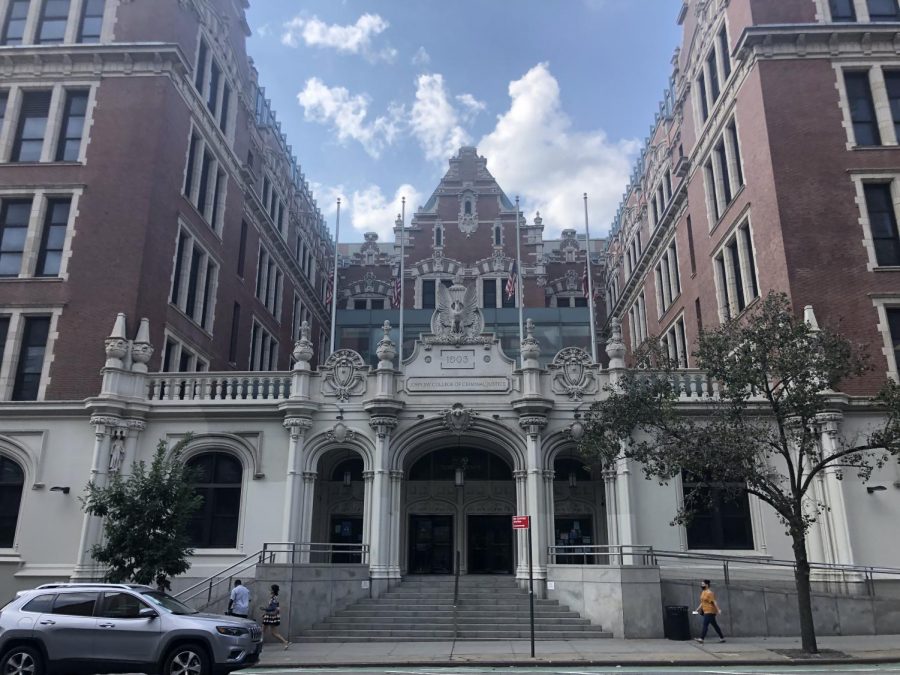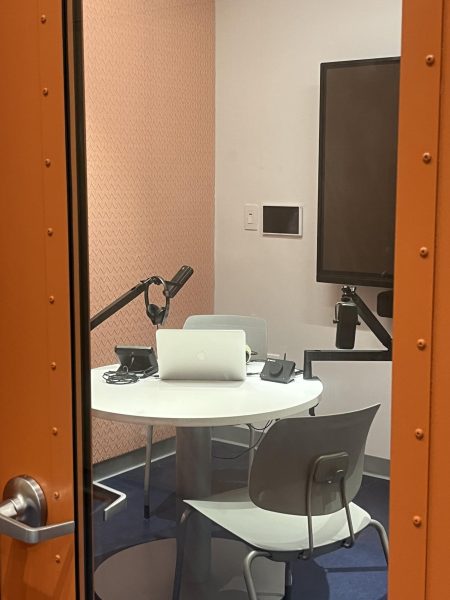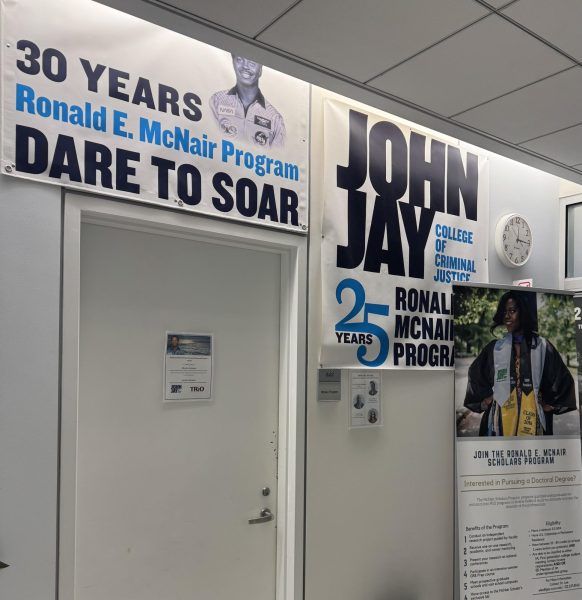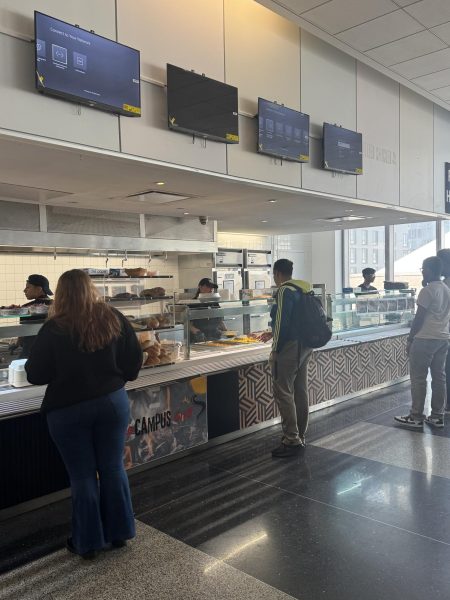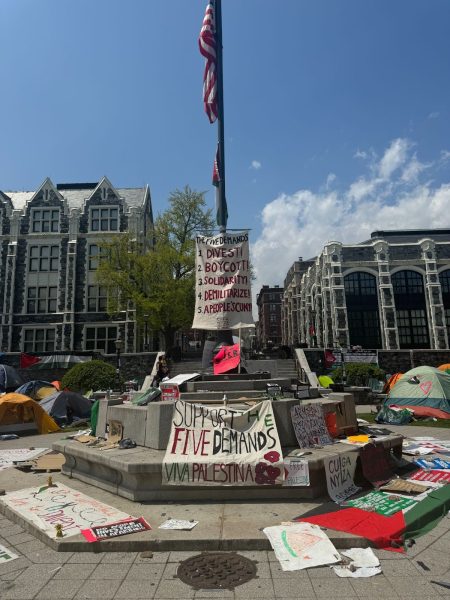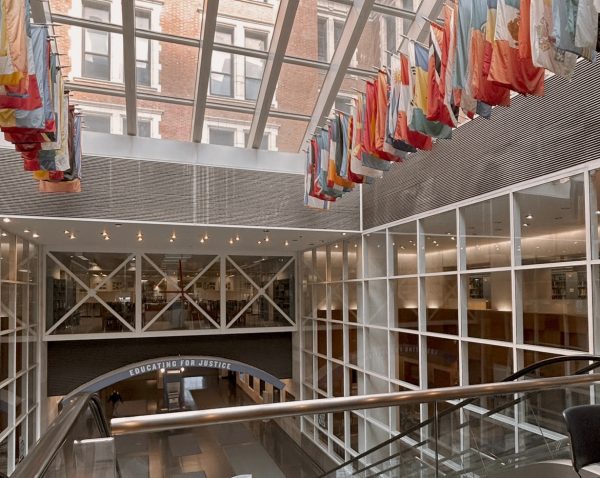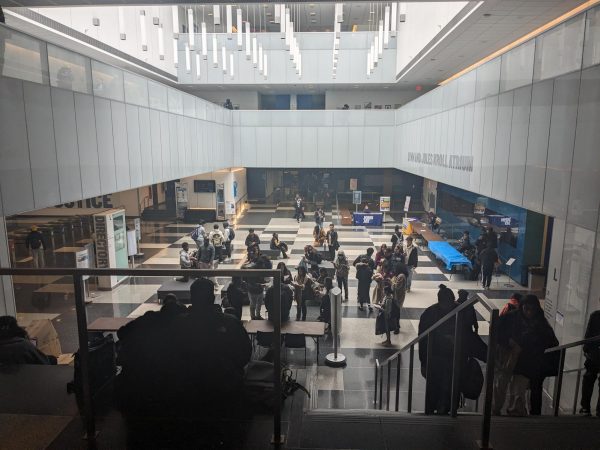John Jay Plans to Further Diversify its Full-Time Faculty
John Jay plans to continue to diversify its faculty over the next several years.
Haaren Hall Building
Recent data shows John Jay has been more inclusive of hiring full-time faculty of color than most colleges. Still, the institution plans to continue being more inclusive over the next several years.
John Jay, which is a Minority Serving Institution (MSI), released data from the Fall 2020 semester that showed 72% of its students were non-white. The college’s faculty, however, was 65% white, according to the data.
Despite this large discrepancy, John Jay hires far more full-time faculty of color than most colleges.
According to the National Center for Education Statistics (NCES), 75% of full-time faculty were white in national degree-granting postsecondary institutions in 2018 — 10% higher than John Jay’s mark of having 65% white full-time faculty. But, the college plans to continue its attempt to grow a more diverse faculty to match its student body better.
One challenge facing John Jay is akin to most SUNY and CUNY institutions’ challenges — a large and increasing faculty gap.
A University Faculty Senate (UFS) study appeared in a recent town hall at John Jay College. It indicated that the state-funded institutions with large Black and Hispanic student populations were more likely to have less faculty per 1,000 full-time students than state-funded institutions with larger white student populations.
John Jay had the fourth-lowest faculty per 1,000 students across SUNY and CUNY, according to the study.
According to John Jay’s Provost and Vice President for Academic Affairs Yi Li, who himself was not US-born, the college was unable to hire any full-time faculty in the past year-plus because of the pandemic for primarily financial reasons. However, moving forward, the college is gearing toward a multi-phased plan which promises to improve the diversity of John Jay’s full-time faculty and attempts to reduce the faculty gap.
The initial phase includes implementing 34 sub-lines. These are full-time faculty lines, although these positions are temporary. The college plans to convert these sub-lines into regular faculty lines in the next two to three years. According to Provost Li, the conversion will begin this year.
“My plan is to catch up,” Li said. “To make sure that even though we took a pause, we will continue our drive to diversify our faculty.”
John Jay, despite the setback from the pandemic, had already made strides in diversifying its faculty. The college had increased its faculty diversity by 5% over the last five years, hiring 21 professors of color over that period.
Provost Li said he has the support of John Jay’s President Mason to continue efforts to diversify the college’s faculty. President Mason is the first woman of color to be the president of John Jay.
“Inclusion actually has multiple layers of meaning for us, for the community, for our mission, but most importantly, for the students,” Li said. “When they graduate, we hope they are actually the strongest advocates for justice.”
However, Saaif Alam, a Graduate USS Delegate representing John Jay said John Jay’s inclusiveness extends well beyond race or ethnicity. He said the college has many students who are not US-born, practice different religions, and are inclusive to students with disabilities, who he advocates for adamantly. Alam added that John Jay is very accepting of the LGBTQ+ community. He said diversity, which includes more than just race, is essential to John Jay’s identity.
“We prioritize our diversity and make sure every single person from every single background is being heard,” he said. “And I think our demographics fit our mission of social justice.”
For John Jay senior Tashnima Sultana, she said John Jay’s diversity made her feel comfortable. Sultana was born in Bangladesh and was one of the founders of the Bangladeshi Student Association at the college. She said her experiences being around other clubs alone opened her up to plenty of students from different backgrounds.
“I met so many people who were not the same,” she said. “And I like it.”
Sultana added that seeing faculty of diverse backgrounds gave her belief that she could pursue law even though many people have told her she would never have an opportunity in the field because she was not US-born. She said seeing women lecturing at John Jay was particularly vital for her. She said the college is an excellent example of how far society has come to become more inclusive to everyone.
The same study that revealed the student and full-time faculty data at John Jay indicated that John Jay’s full-time faculty make-up is 52% male and 48% female.
Andrew Berezhansky, President of John Jay’s Student Council, said that being at John Jay makes it hard to be ignorant about things going on across different communities. He added that the college’s diversity makes it easier to empathize with other communities. Berezhansky said that attending John Jay changed him.
“If I didn’t go to John Jay, I’d be a very different person,” he said. John Jay helped Berezhansky advocate for things he may have never advocated for he added.
“We can only move forward if we move together,” he said.

James Van Bramer is a senior majoring in Political Science and minoring in Digital Media & Journalism. Van Bramer spends his time hosting the virtual...
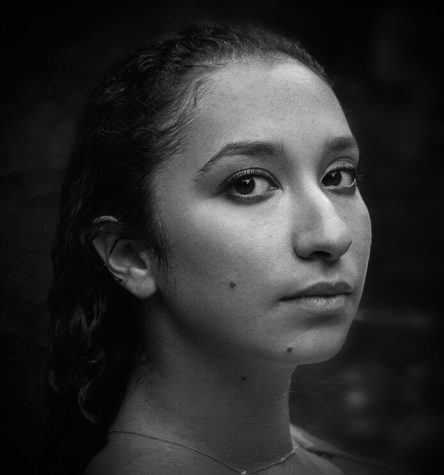
Tzvia Waronker is the Web Editor for The John Jay Sentinel. She is a junior majoring in Forensic Psychology and minoring in Digital Media & Journalism...


